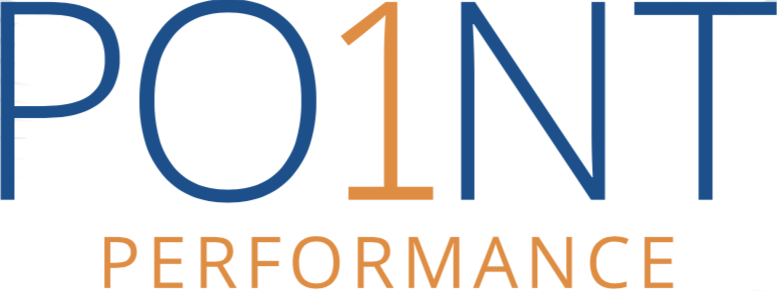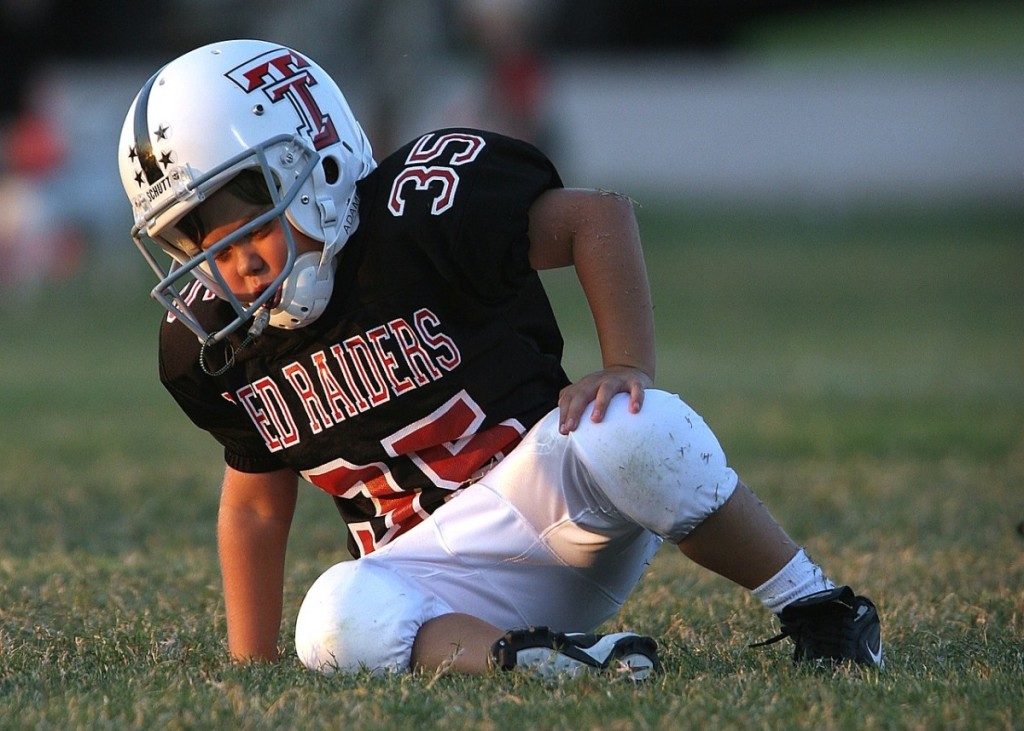Osgood-Schlatter disease is a possible condition for kids with knee pain. It may be difficult to discern since the pain is caused by similar movements: jumping, running, and sudden changes in direction. Not only that, the sports all cause similar movements, such as soccer, ballet, football, basketball, running, or cheerleading. Younger teens and pre-teens, however, tend to have Osgood-Schlatter disease.
What is Osgood-Schlatter disease?
If your active pre-teen or early teenager complains about knee pain, chances are he or she has Osgood-Schlatter disease. The condition causes a painful lump below the kneecap. When a kid runs and jumps repeatedly, it can pull away the tendon connecting the kneecap to the shinbone, causing swelling and pain. Because a child is growing so quickly, particularly at the start of puberty, a new bone growth may appear in the space where the tendon separated, creating a bony bump.
The disease is similar to Sever’s disease, which affects the heel among growing kids. The typical age for Osgood-Schlatter disease is at the onset of puberty. For girls, that means around 10-12, and boys aged 13-14. The sensation in the knee ranges from mild pain only while running or jumping to near-debilitating pain all the time. The doctor can help figure out how to manage the pain, depending on its strength. At the very least, the disease goes away once your child’s bones stop growing.
How do you manage the knee condition?
If your child is complaining of knee pain, have him or her stop activity and apply the RICE technique: rest, ice, compression and elevation. Call a doctor to determine what’s causing the pain. The doctor may take an X-ray of the affected area. Your child can also work with a physical therapist to learn stretches to help relieve the pain or prevent it from getting worse, as well as some strengthening exercises to support the knee better. Hamstring and quadriceps flexibility also plays a large role in Osgood-Schlatter. The therapist may also recommend a strap or some kind of tape to redistribute the stress away from the affected area.
In the meantime, your child should add in some cross-training that doesn’t have impact on the knee, such as swimming or biking. Recovery can take a few weeks to a few months, but eventually your child will resume his or her regular activities.

